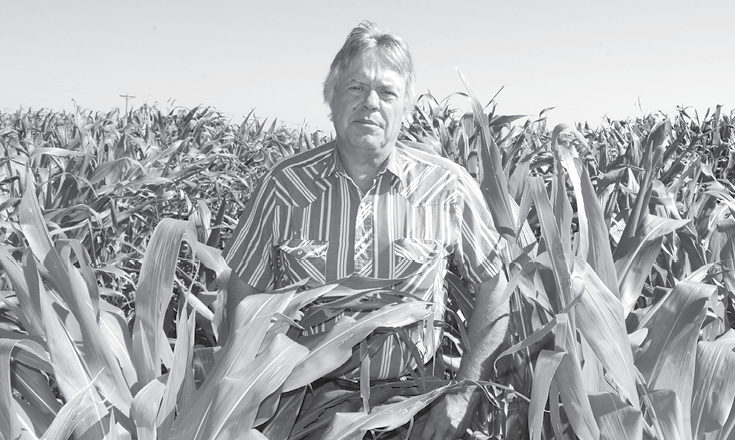No-Till Farmer
Get full access NOW to the most comprehensive, powerful and easy-to-use online resource for no-tillage practices. Just one good idea will pay for your subscription hundreds of times over.

Conventional wisdom says no-till won’t work in northern Iowa, an area infamous for cold, wet soils. But Thornton, Iowa, farmer Doug Caffrey, who grows corn and soybeans and raises grow-to-finish hogs, has no-tilled successfully for almost 25 years.
“I no-till everything,” Caffrey says. “I no-till soybeans into corn stalks and only work the bean ground where we haul manure,” he says. “I try to use a custom applicator who uses a narrow knife that doesn’t disturb the ground too much.”
Caffrey no-tilled corn for years, switched to strip-till and then returned to no-till several years ago.
Caffrey would still strip-till corn, but he put up another building 2 years ago for 2,500 head of grow-to-finish hogs. With this new building and two others constructed in the late 1990s, Caffrey finishes 6,500 hogs.
Liquid hog manure from 4,000 hogs covered the fertility needs of 250 to 300 no-till soybean acres. He strip-tilled corn on 100 to 200 acres where he didn’t inject manure.
But the additional manure from the 2,500 hogs prompted Caffrey to quit strip-tilling corn and return to 100% no-till.
“Now I probably have hog manure for 450 to 500 acres,” Caffrey says. “That pretty much took care of my 400 acres of bean ground and 50 acres of corn.
“My hog manure is my total fertility program. I’ve got enough nitrogen and the soils are high to very high for phosphorus and potassium.”
Caffrey no-tills corn with a Case IH 1250 16-row planter with 30-inch spacings…